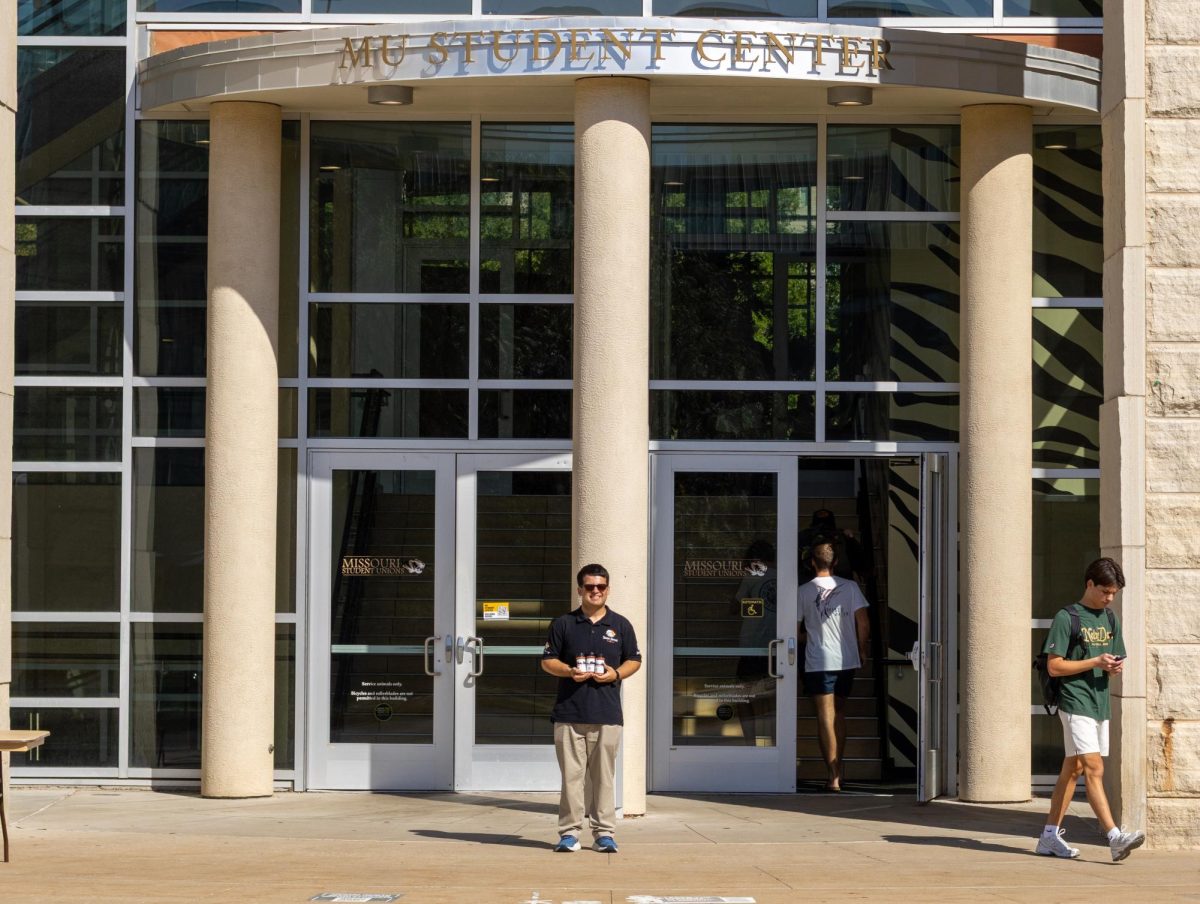At the Faculty Council meeting last week, chairman Harry Tyrer asked faculty to look for subtle implications of issues created by classroom capacity limitations.
“The Faculty Council wants to know if there are indications of issues with capacity limitations that we should be aware of,” Tyrer said.
Provost Brian Foster conducted a space study, Tyrer said, indicating that MU will not reach classroom capacity for a few more years. Tyrer said he wants to know where the limitations are so that issues can be addressed as they arise.
Leona Rubin, Faculty Council IFC representative and associate professor of veterinary medicine, said though capacity limitations might not be an issue yet for MU as a whole, certain schools and majors are seeing problems.
“In the (College of Veterinary Medicine,) we have increased class size and labs are limited,” Rubin said. “We now hold classes in a big conference room, which is not ideal.”
The department of biological sciences has also seen issues arise from an influx class size, said Johannes Schul, Faculty Affairs Committee member and biological sciences professor.
“We are beyond capacity at this point,” Schul said. “Biology majors have risen disproportionally to the university’s growth. We have almost two-thirds more students than we did 10 years ago. We are literally at the edge of what we can take.”
Schul also said exceeding capacity limitations create more problems than just a lack of space in the classroom.
“There is a limit on time outside (of class), such as office hours or taking students for undergraduate research,” Schul said. “It is more than just the issue of physical space.”
Rubin and Schul both said expanding the school day could be a possible solution to the localized capacity limitation problems.
“Trying to squeeze every class between 9 a.m. and 3 p.m. is silly,” Rubin said. “We could hold large lectures after dinnertime. Students usually are not quite studying yet and there could be time for an hour-long class.”
One of MU’s strategic goals, working toward 2020, is to eliminate differences between night, online and day classes.
The council has recommended that regular classes be offered at night, Rubin said. The Online Academic Programs Task Force was appointed by the Council to look at online classes. The task force concluded that a course should be a course regardless of whether it is online, Rubin said.
Tyrer said though scheduling more classes in the evening or night might work to the benefit of students, such changes are not in the near future.
“We are in the ‘looking at it’ stage,” Tyrer said. “If we are to combine night and day classes, it will be a few years up the road.”
Tyrer said he has gotten some responses from faculty regarding of issues created by classroom capacity limitations.
“(The responses) have dealt with the fact the university has slowed down on hiring,” Tyrer said.
A few years ago, the state government provided 30 faculty positions to improve the quality of the university, Tyrer said.
“The university went through a substantial process to figure out where those positions should be filled,” Tyrer said. “Perhaps it is time for the state to provide a similar package.”
One of the council’s concerns is the growing student-to-teacher ratio, Tyrer said.
“We want to keep the ratio down and a way to do that is hiring more faculty,” Tyrer said. “The Council will indicate from the faculty where we are seeing pressure.”
Sophomore Joon Park said he has felt the effects of overcrowding in the classroom.
“I was in a big biology lecture and it was hard to concentrate,” Park said. “I’m not that outgoing, so it wasn’t easy to get in touch with the professor.”







